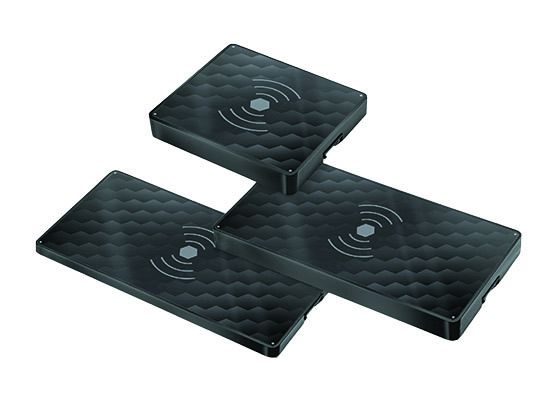Panel and cabin charging ports are popular accessories for keeping tablets, smartphones and other gadgets juiced up during flight. But charging cables can get in the way, especially when they’re mounted on the instrument panel. True Blue Power—a division of Mid-Continent Instruments and Avionics—has a solution with the $698 TWC15 series Qi wireless charging stations.
Pronounced “chee,” Qi is hardly a new wireless charging standard adopted by Apple and Samsung (and many others) that uses induction coils rather than cabling to transfer power to a device. Chances are you’ve used this tech before—from charging a wireless toothbrush to topping off your smartphone. Place the device on the pad (essentially a transmitter), which creates an oscillating magnetic field through induction coils.
True Blue Power offers the TWC15 in three sizes (shown in the main image below), depending on installation requirements. The thinnest charging module is 0.21 inches in depth, while the largest one is 2.9 square inches. The most compact charger is 2.45 inches long and 2.28 inches wide—think installation in a cup holder. Using an anodized aluminum case, the TWC15 meets the latest standards for RF (radio frequency) emissions, with short-circuit protection, overtemperature protection, overloading and power surges.
The device has 15 watts of maximum power output and has a 12- to 32-volt DC input voltage, making it a player in most all electrical systems. All three versions are FAA TSO-C71 certified. There are multiple ways of mounting the chargers to the structure using four threaded holes in the housing, and one idea is to mount them below the panel structure in the horizontal configuration, although we suspect there will be a lot of custom installations using fabricated brackets, depending on cabin location.
As for the electrical install, the circuit is protected with a 3-amp circuit breaker, and power and ground are connected through the supplied 4-pin mating connector. There’s also an output for driving a status annunciator. Visit www.mcico.com.


